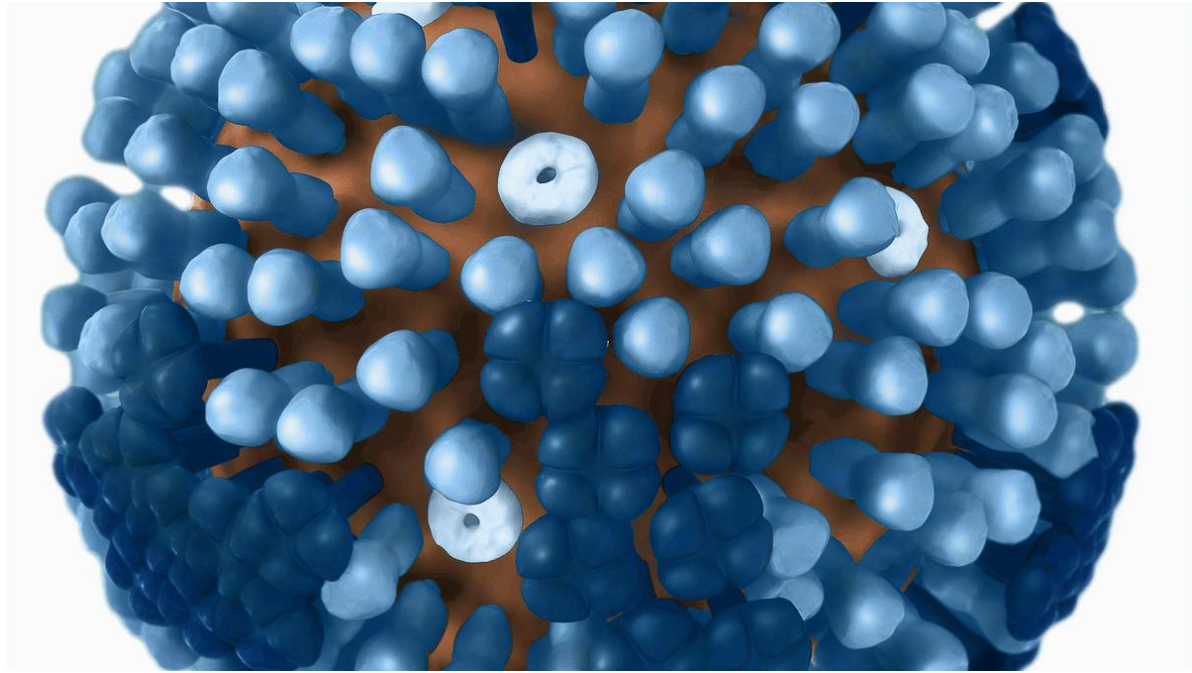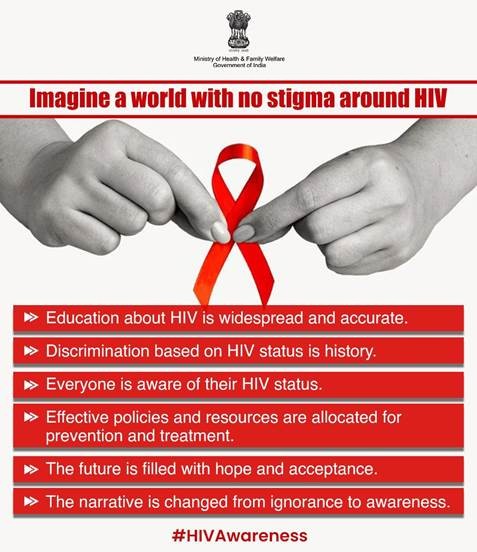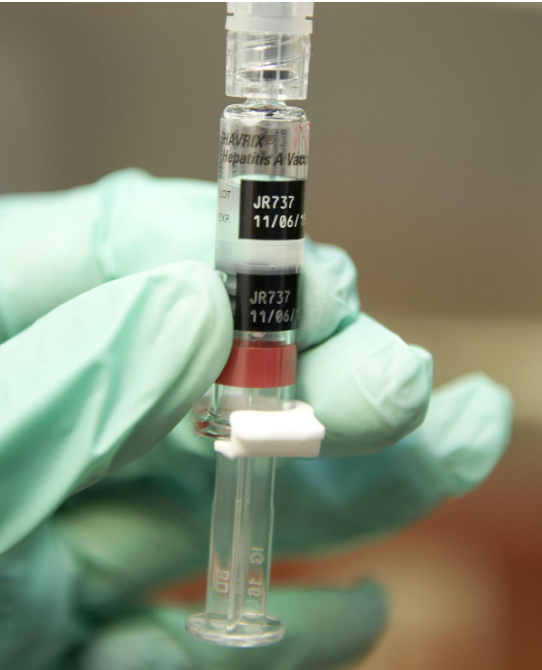



India experiences a significant yet often overlooked impact from influenza, with two seasonal surges: during the winter months (January–March) and the post-monsoon period (July–September). However, the illness is frequently underestimated, and less than 5% of the population is vaccinated.

Copyright infringement not intended
Picture Courtesy: The Hindu
India faces a substantial but underestimated burden from influenza, with two annual peaks in infection: winter (Jan–Mar) and post-monsoon (July–Sep). Despite this, influenza is often perceived as a mild illness, and less than 5% of Indians receive flu vaccines, which are not part of the Universal Immunisation Program (UIP).
Influenza, commonly known as the flu, is a contagious respiratory illness caused by influenza viruses. It affects the nose, throat, and sometimes the lungs, leading to symptoms like fever, cough, sore throat, body aches, fatigue. Influenza spreads easily from person to person through droplets when an infected person coughs, sneezes, or talks. It can cause mild to severe illness and can be particularly dangerous for young children, older adults, and people with underlying health conditions.
A biannual vaccination plan could offer improved protection:
This strategy could lead to fewer infections, hospitalisations, and deaths, particularly benefiting children, who are among the most vulnerable.
Universal Immunization Programme (UIP)
The Universal Immunization Programme began in 1978 as the Expanded Programme on Immunization, primarily targeting urban populations. It was renamed as UIP in 1985 when its scope expanded to include rural areas. Over time, UIP became part of broader health initiatives — first incorporated into the Child Survival and Safe Motherhood Programme in 1992, and later into the National Reproductive and Child Health Programme in 1997. Since 2005, under the National Rural Health Mission, UIP has prioritized ensuring vaccine availability and access even in the most remote regions. As of the financial year 2023-24, India’s full immunization coverage stands at approximately 93.23% nationwide.
Mission Indradhanush (MI)
Launched in December 2014, Mission Indradhanush aims to increase full immunization coverage to at least 90%. This initiative targets areas with persistently low vaccination rates, focusing on hard-to-reach populations and communities where children remain unvaccinated or partially vaccinated. MI works to bridge gaps by strengthening outreach and delivery systems in underserved regions.
U-WIN Portal
The U-WIN Portal is a digital platform designed to improve the vaccination process through streamlined delivery and record management. It offers recipients the flexibility to schedule vaccinations anytime and anywhere, enhancing accessibility. The portal generates a universal QR-coded eVaccination Certificate and supports the creation of an Ayushman Bharat Health Account (ABHA) ID, facilitating better integration of immunization records within India’s health ecosystem.
Source: The Hindu
|
Practice Questions Q. Critically analyse the limitations of the current influenza vaccination strategy in India and discuss the feasibility and potential impact of adopting a biannual vaccination program. Consider the following diseases: (2014) 1. Diphtheria 2. Chickenpox 3. Smallpox Which of the above diseases has/have been eradicated in India? (a) 1 and 2 only (b) 3 only (c) 1, 2 and 3 (d) None Answer: b Explanation: Vaccination campaigns and public awareness programs have played a critical role in the control and eradication of several infectious diseases in India. While smallpox and polio have been successfully eradicated, others like measles remain under control but not yet eliminated. Smallpox
Polio
Measles
Diphtheria
|
Immunisation is the process by which a person becomes protected against a disease through vaccination. It involves introducing a vaccine—a substance containing weakened or inactive parts of a particular germ (bacteria or virus)—into the body to stimulate the immune system to develop immunity.
Advantages of Immunisation in India






© 2025 iasgyan. All right reserved